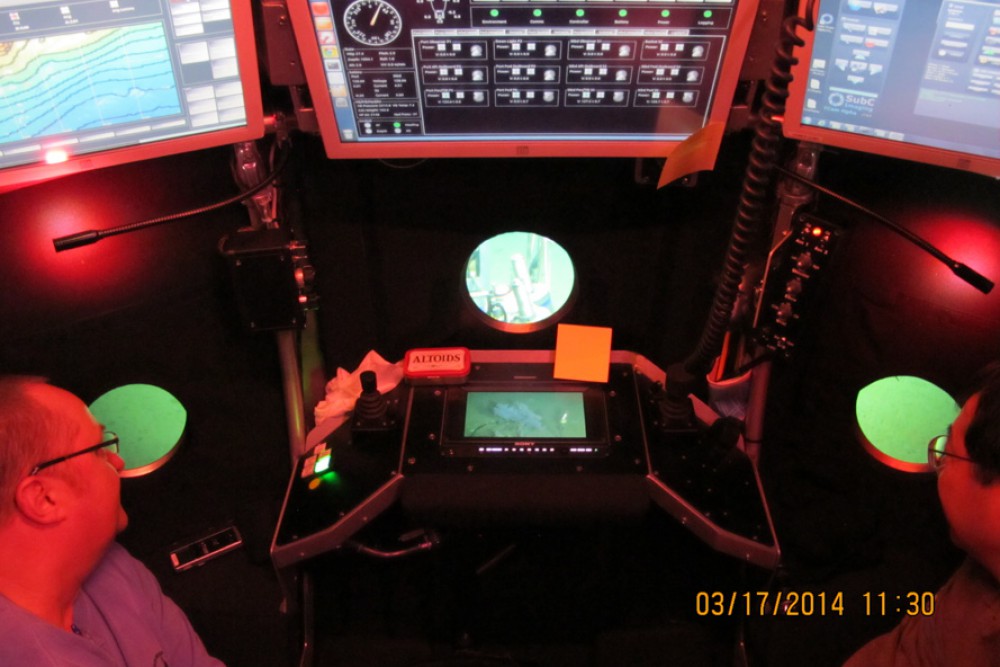
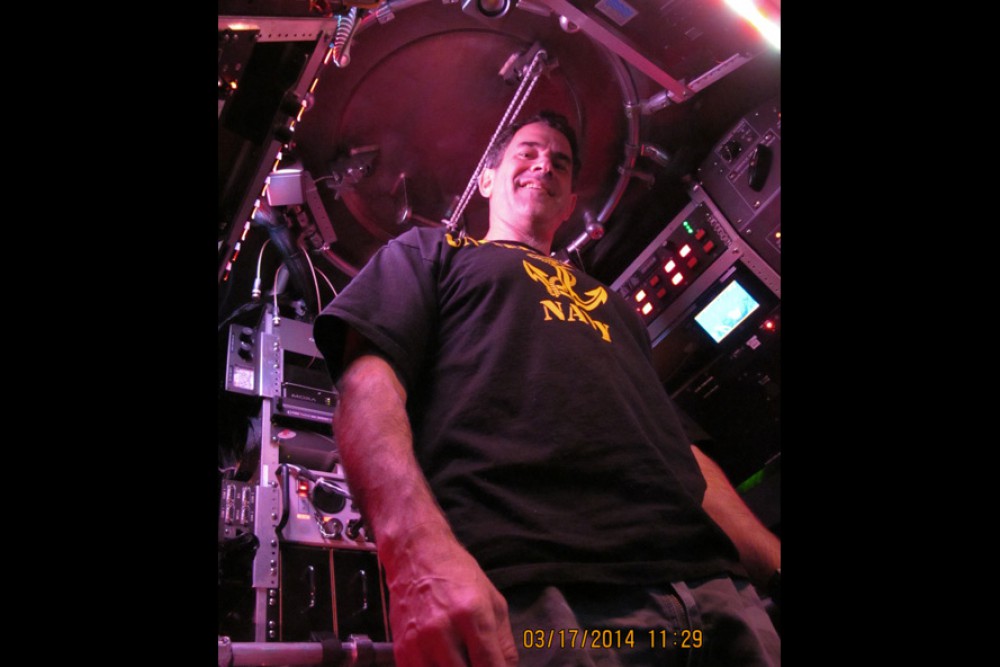
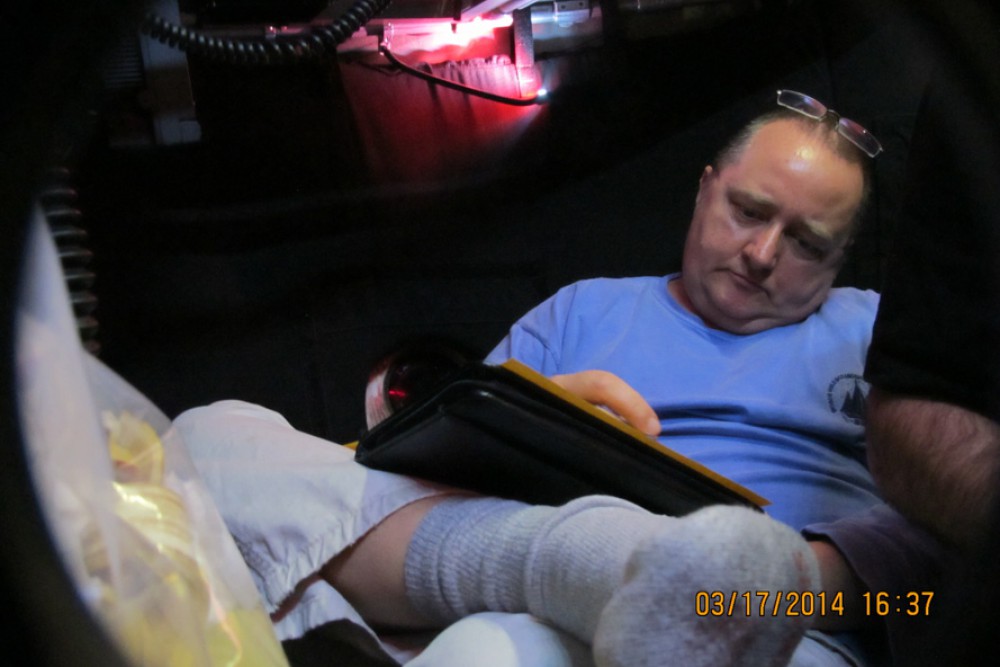
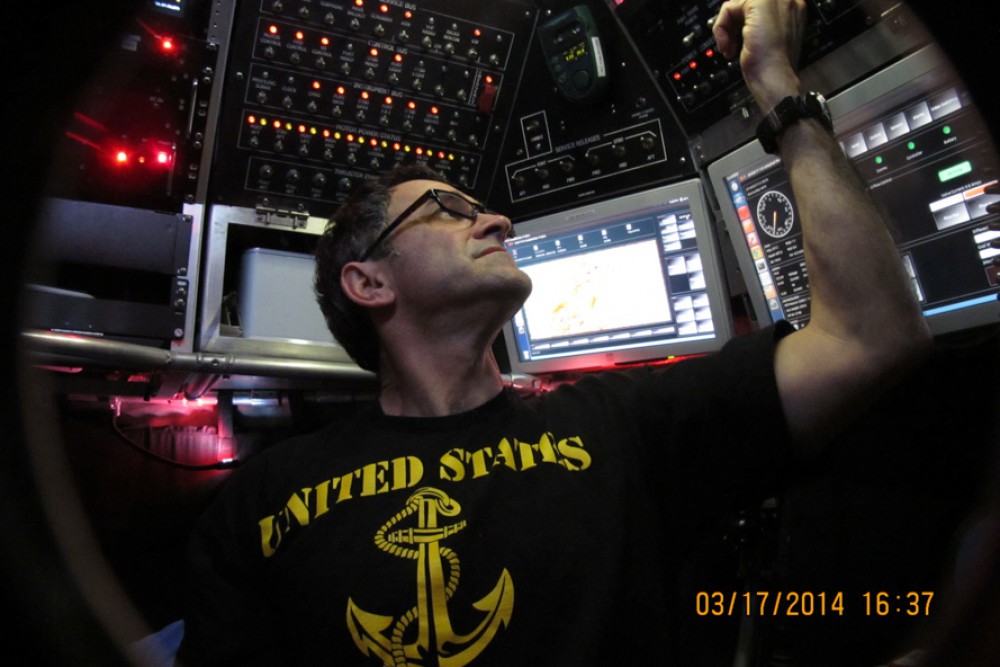
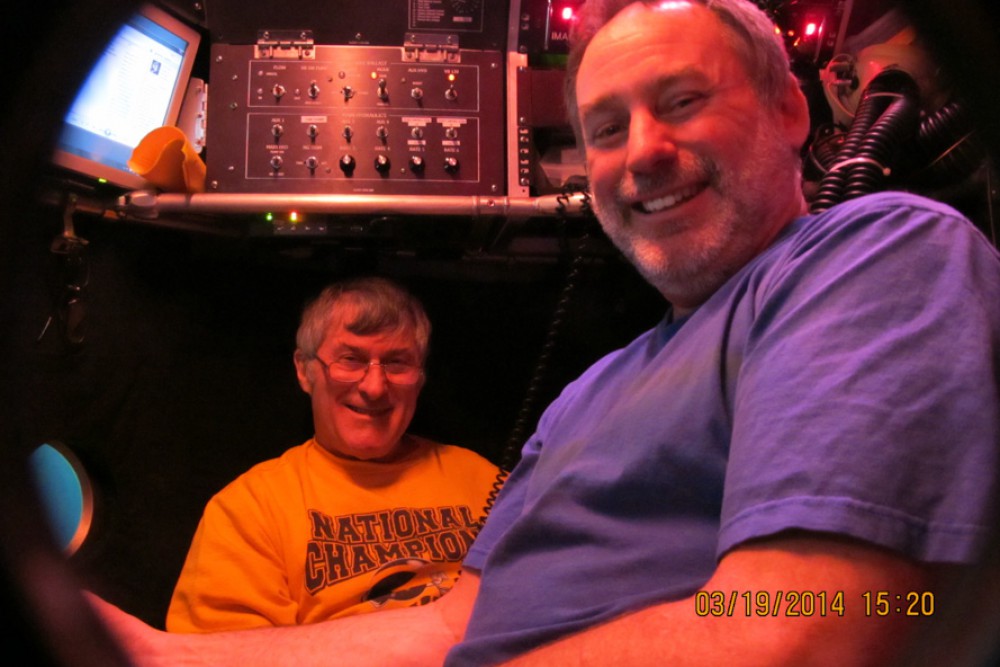
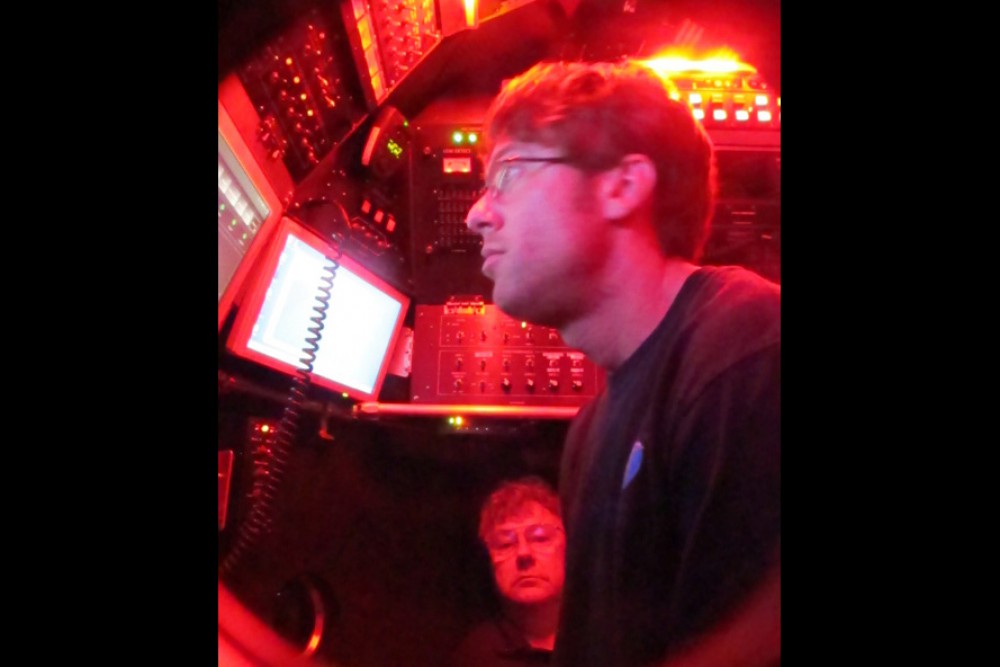
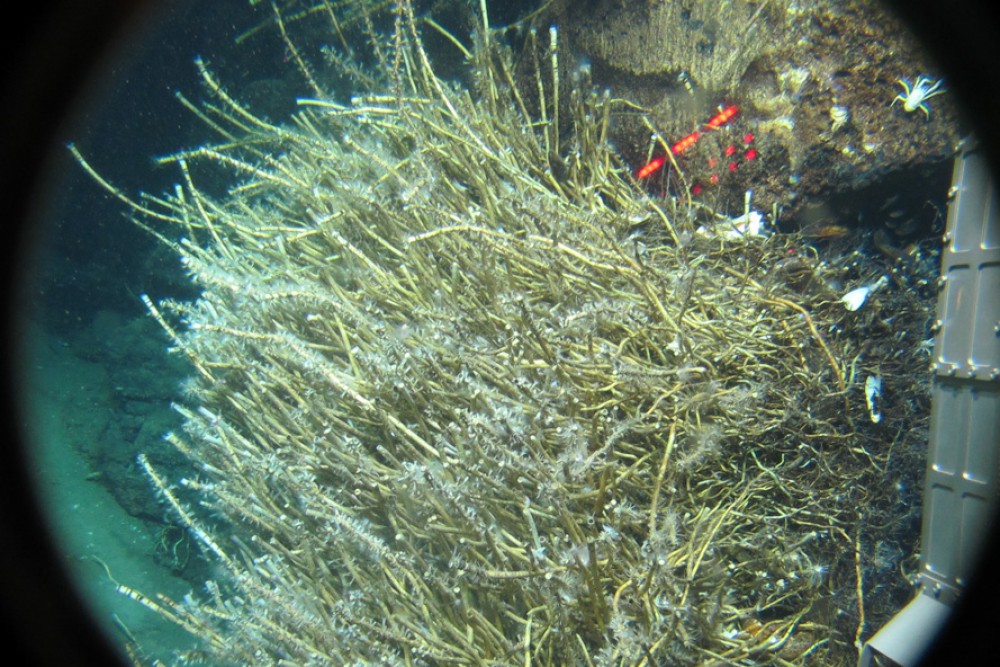
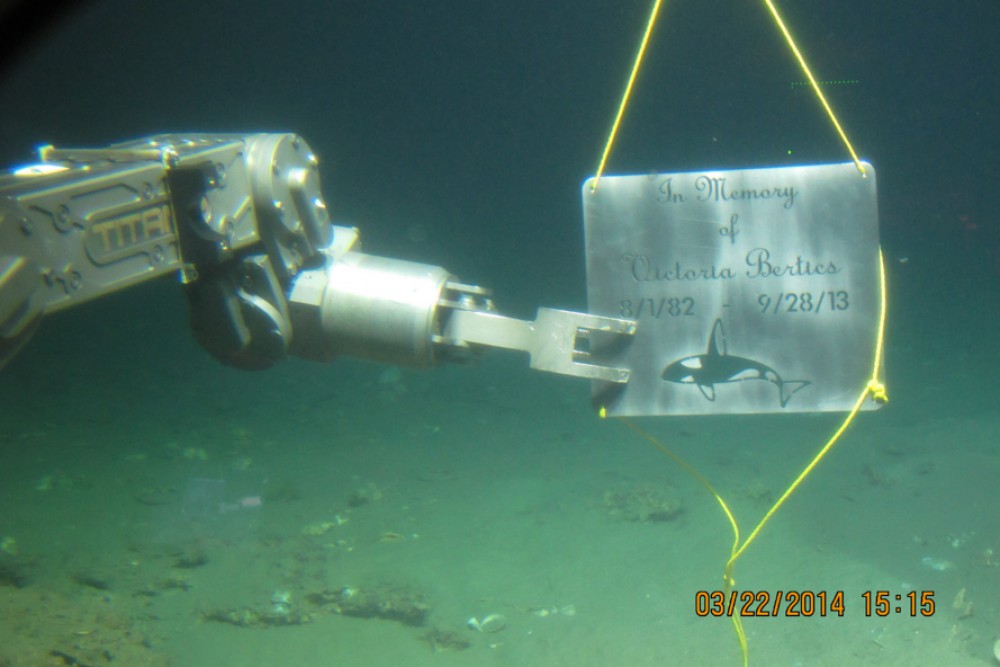
A slideshow of photos taken inside Alvin’s personnel sphere, nicknamed “the ball.”








A slideshow of photos taken inside Alvin’s personnel sphere, nicknamed “the ball.”
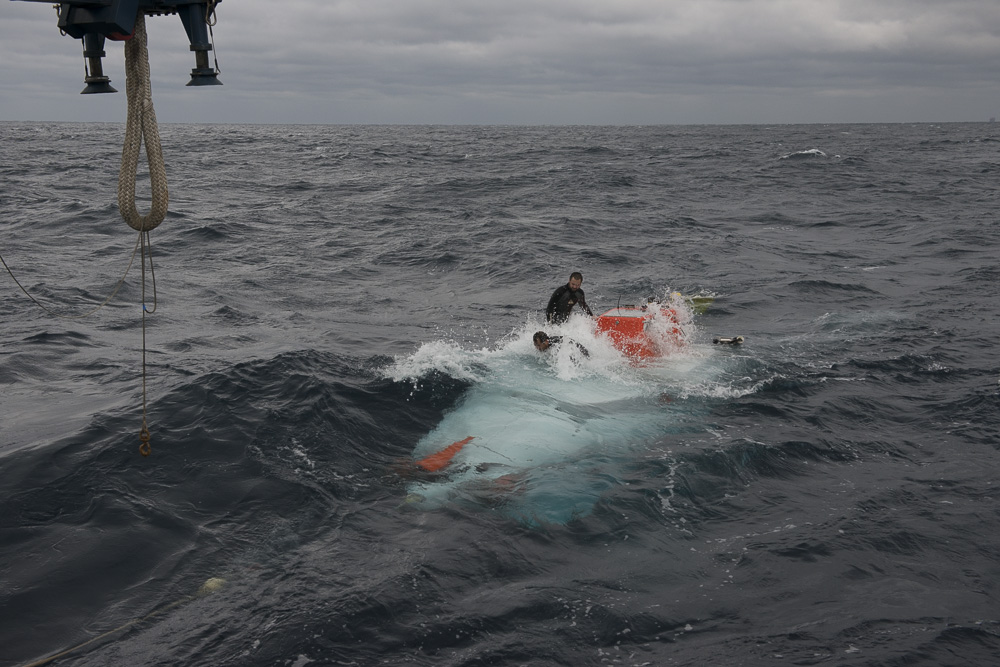
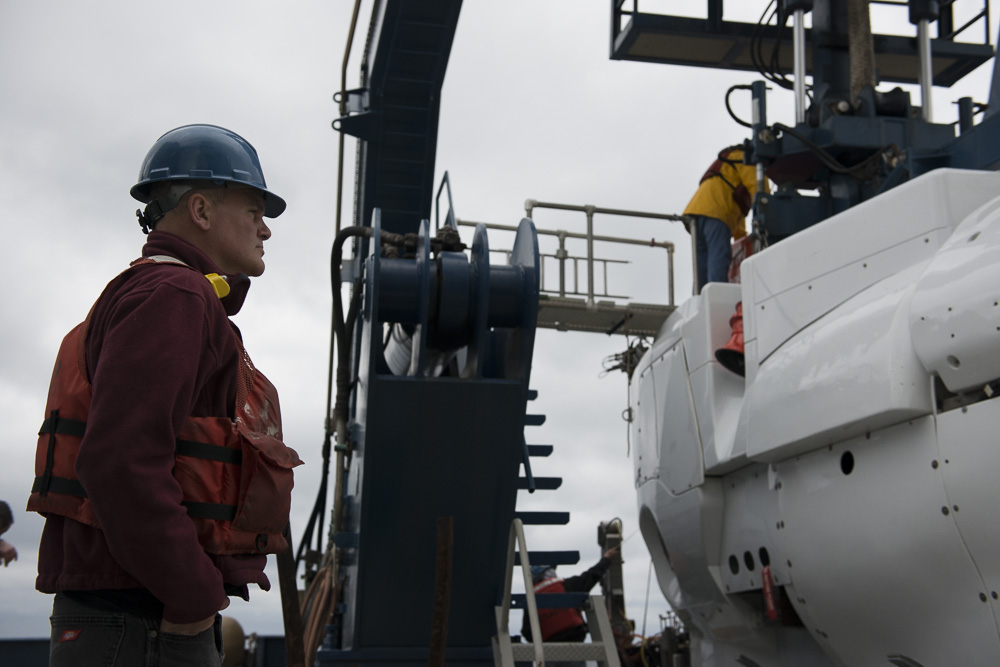
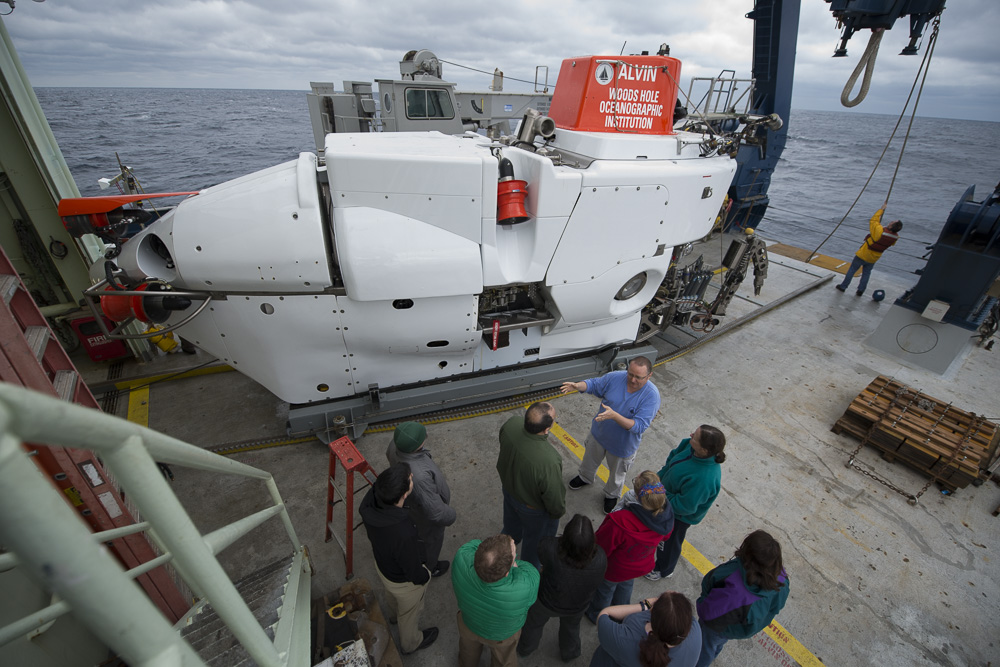
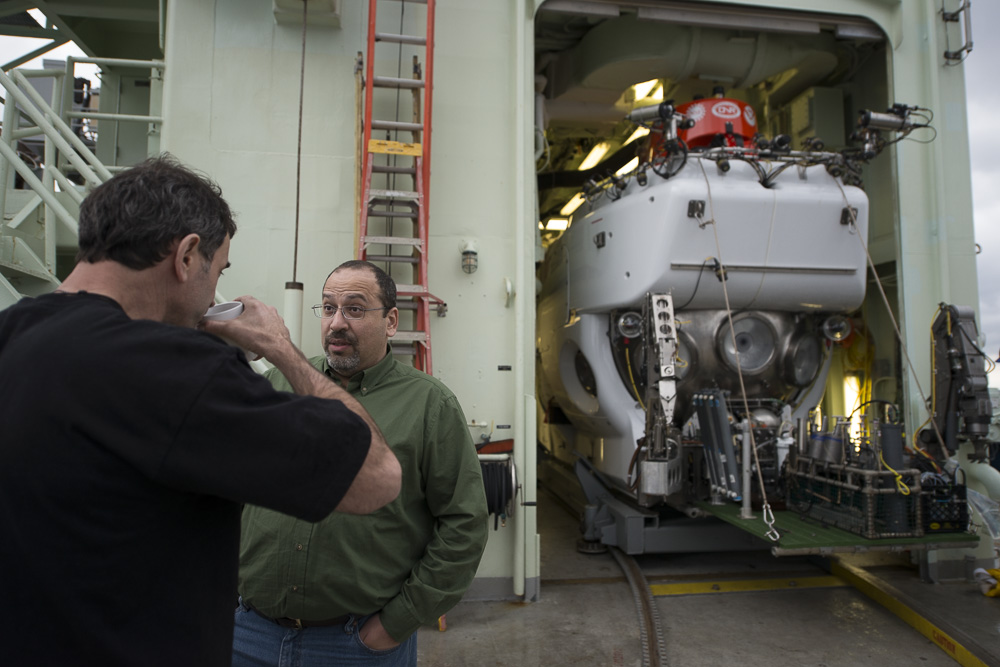
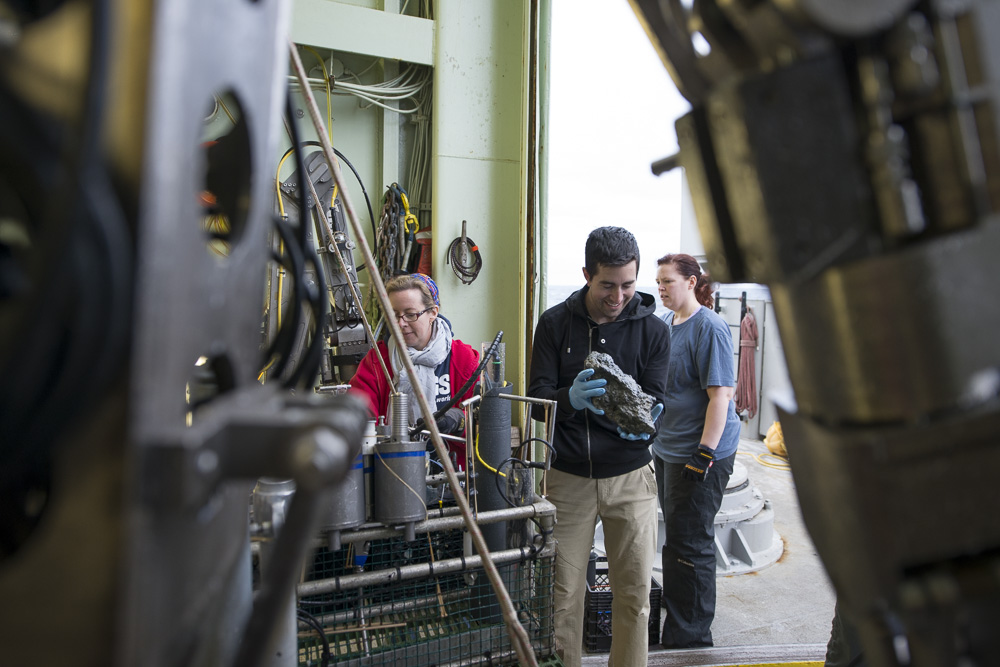
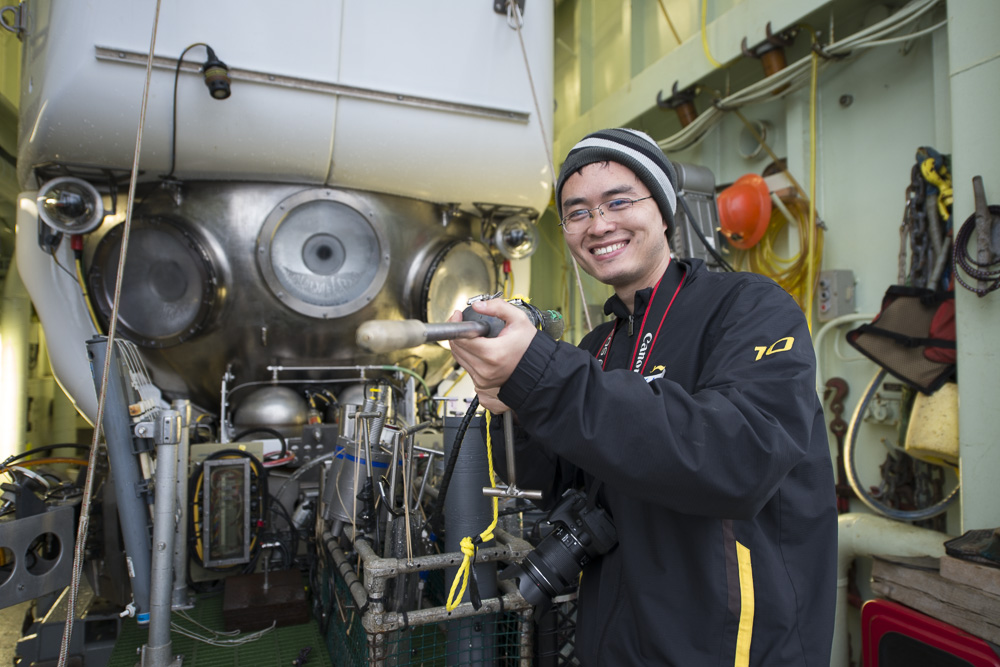
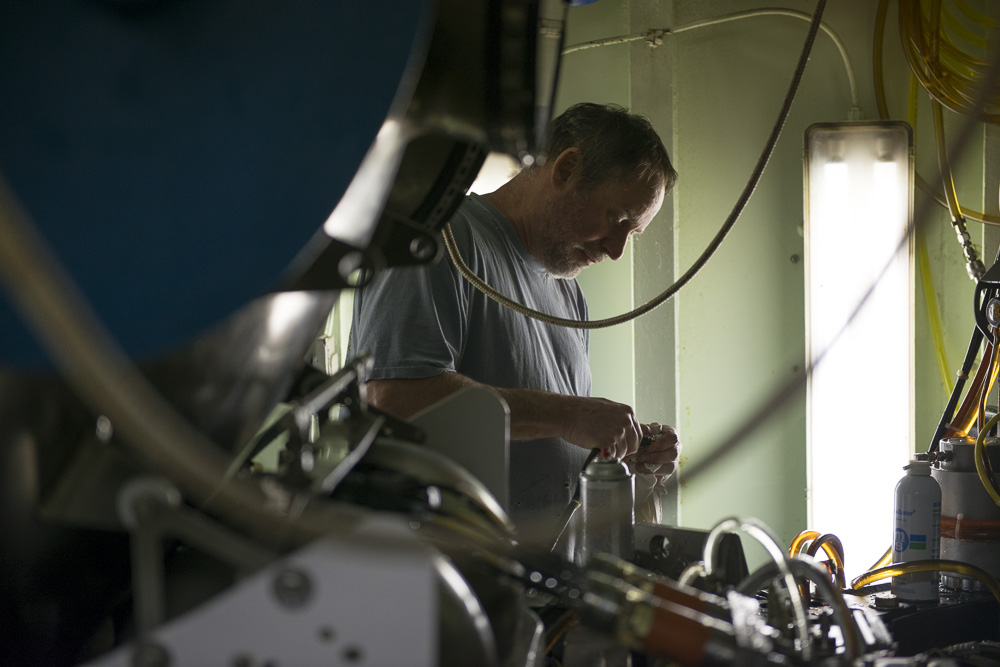
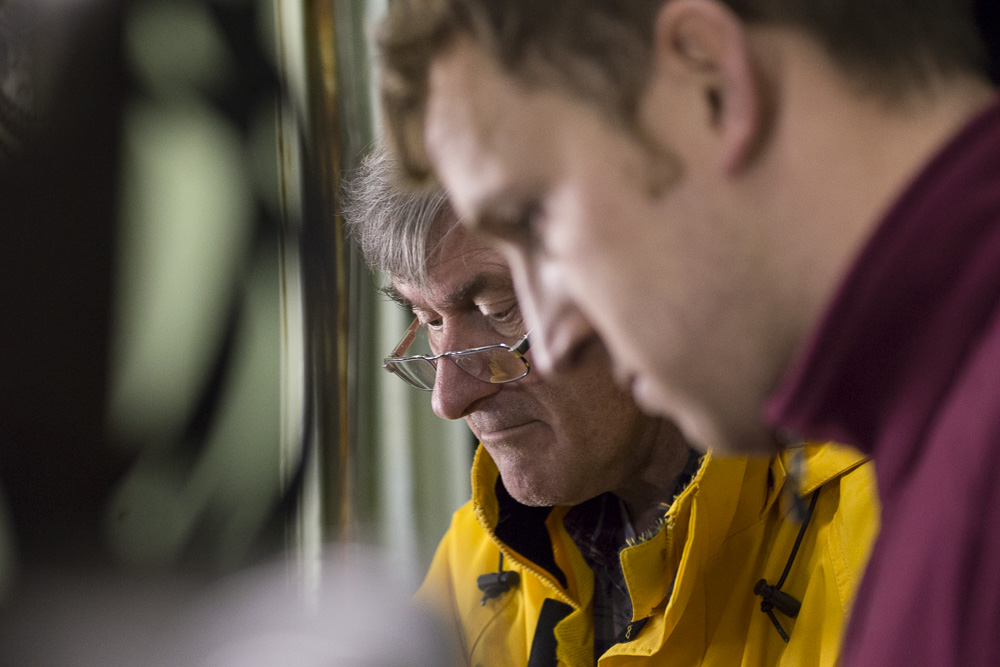
You’ve been driving the same car for two decades, then somebody hands you the keys to a 2014 version of the same model. The brand-new car has automatic controls you’ve never seen before, a stiffer ride that takes the curves tighter, and a larger interior that’s more comfortable, but still takes some getting used to. That’s what it’s like in the new Alvin.
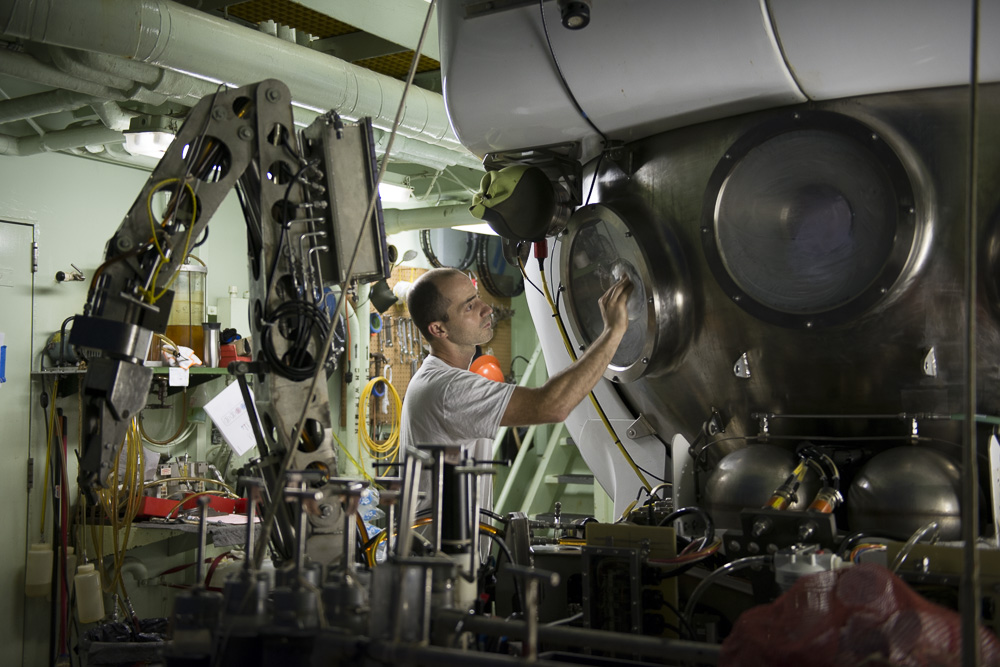
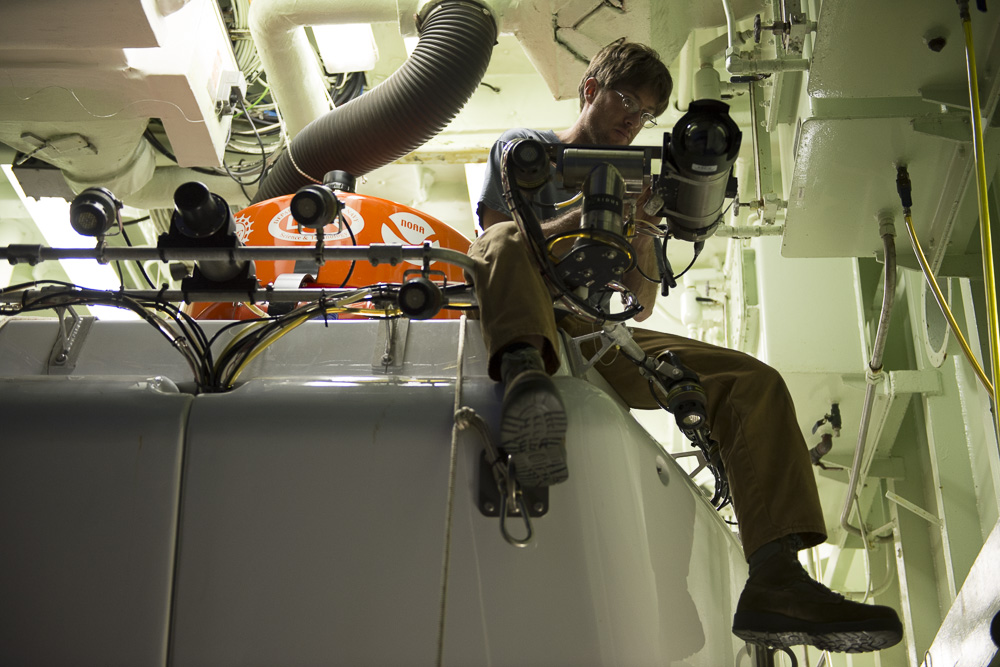
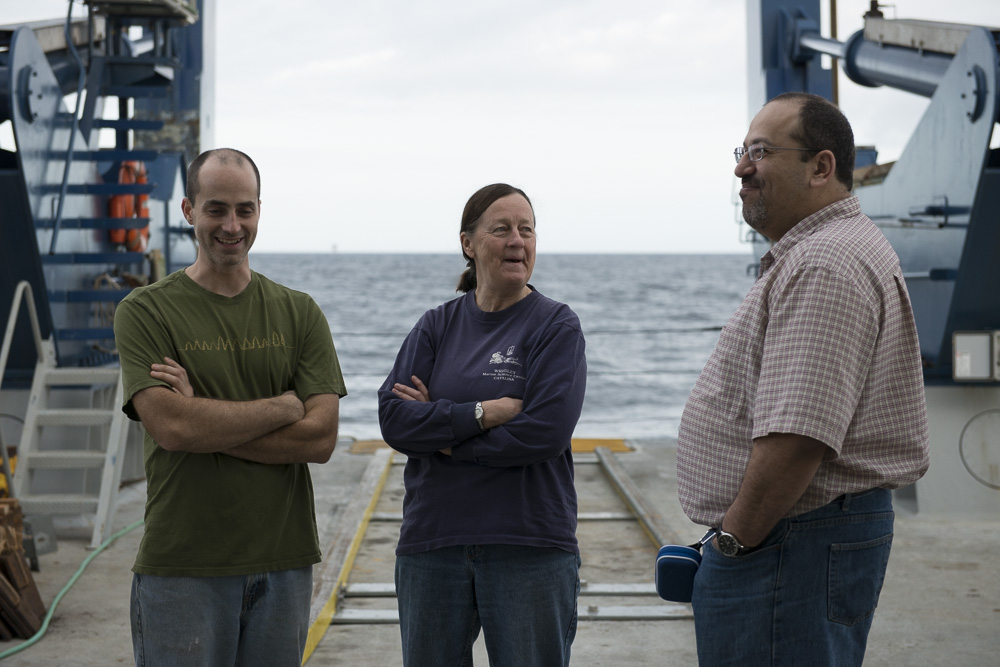
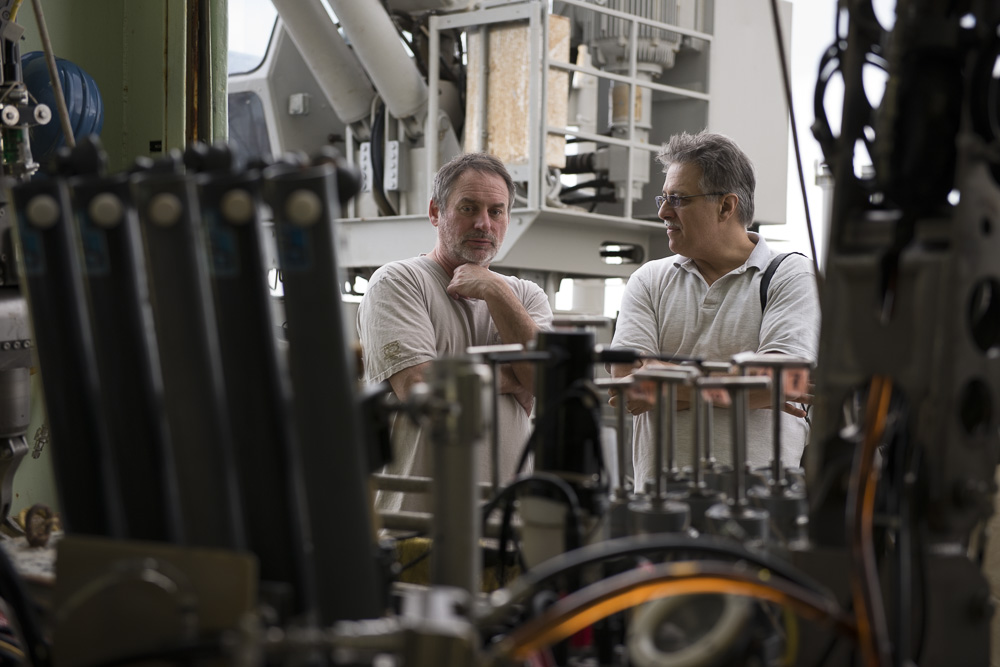
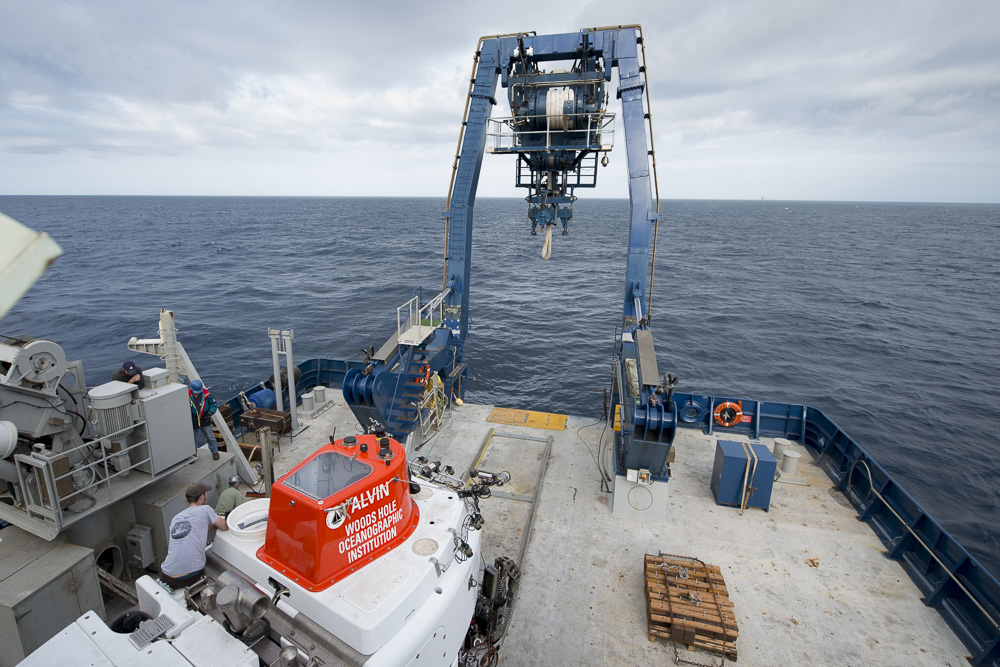
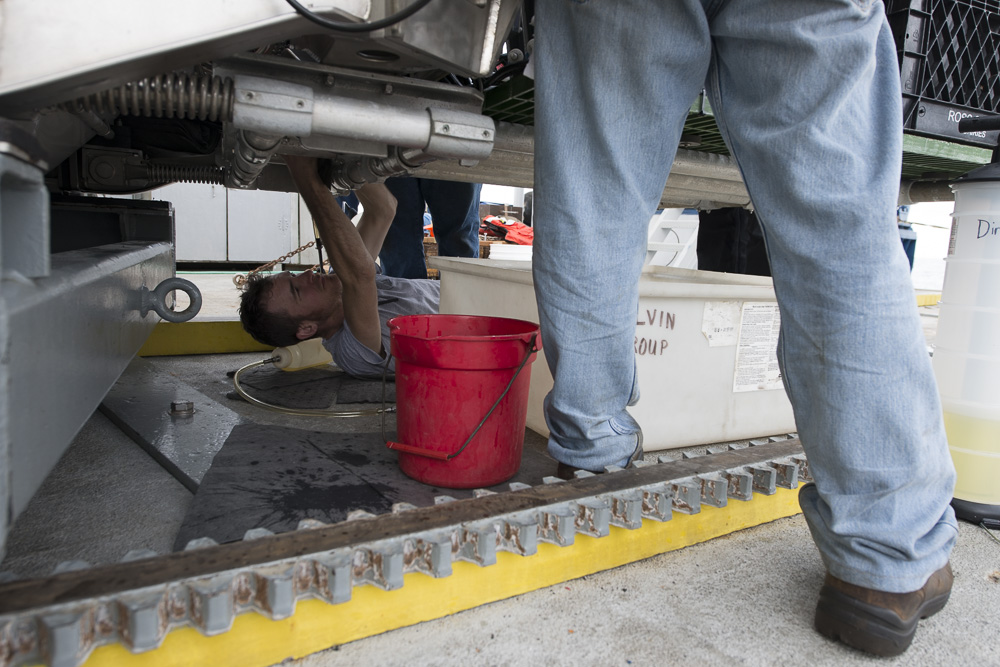
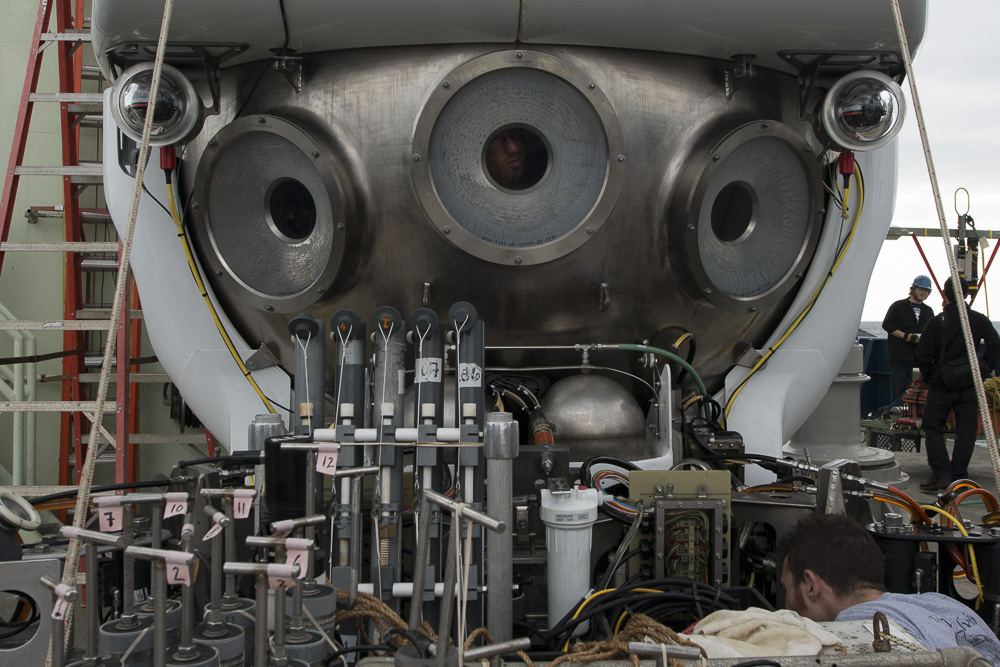
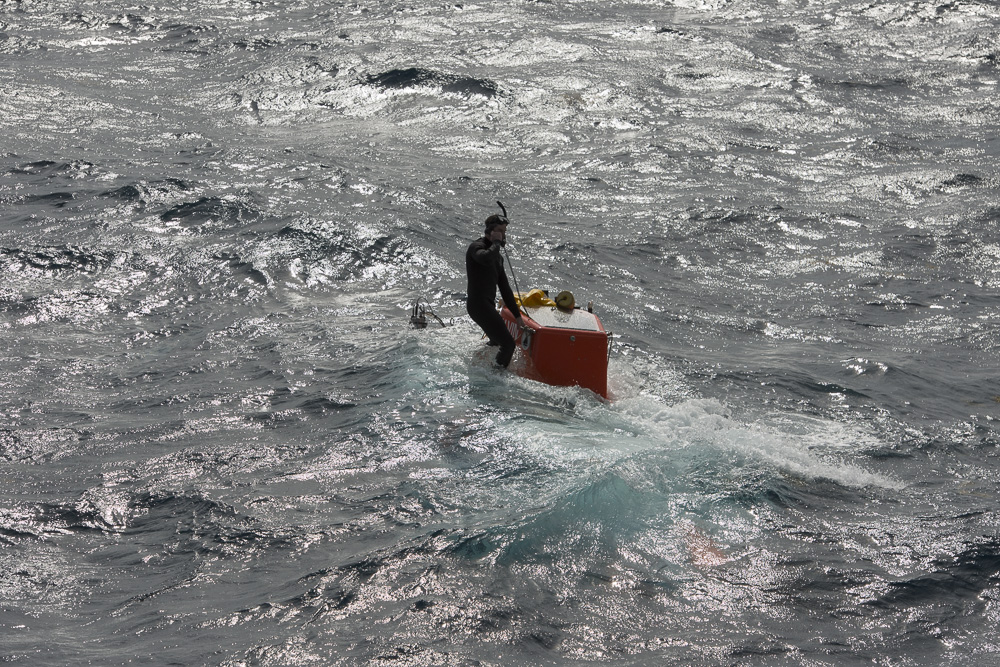
Alvin, the nation’s only deep-sea research submarine, took its first scientific dive yesterday [March 15] after a 39-month hiatus and a major overhaul that dramatically upgraded the sub. Read More →
Since its birth in 1964, the deep-sea research submersible Alvin has been brought in every few years for overhauls. Most were routine maintenance—the submarine equivalent of a 30,000-mile servicing on your car. Read More →
From March 14 to 26, Peter Girguis, chair of DESSC (DEep Submergence Science Committee), will lead a group of scientists, including many veteran Alvin divers, from a host of research institutions to “road-test” the new vehicle on an expedition in the Gulf of Mexico. More »